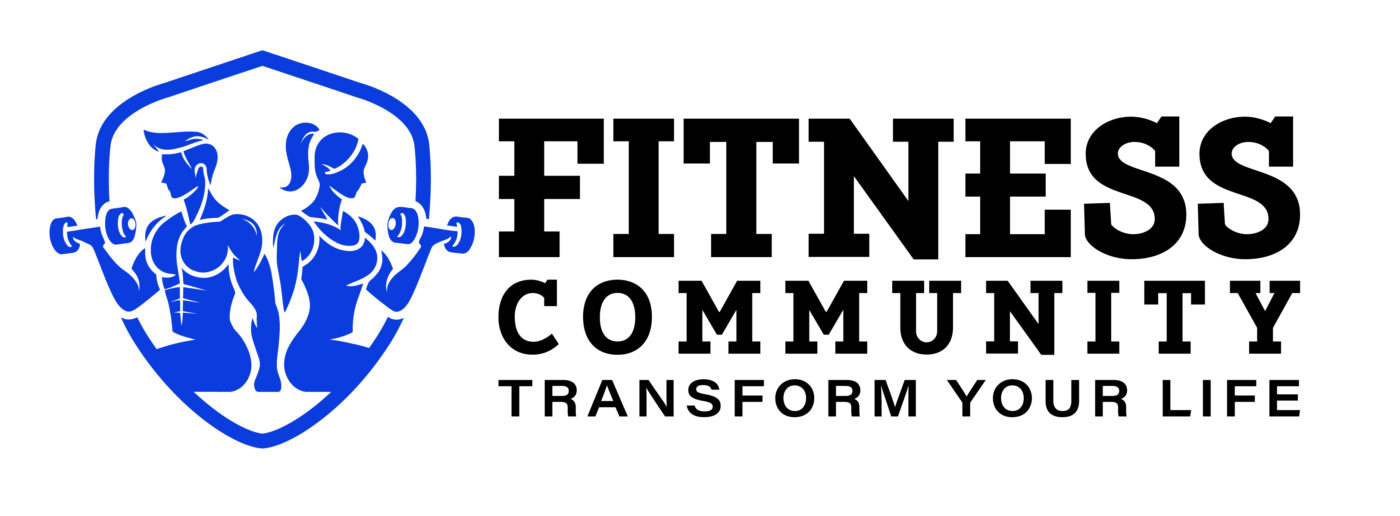STRENGTH TRAINING
Functional Strength Training: Boost Your Fitness with Smarter, Safer Workouts
Functional Strength Training: Benefits, Risks, and How to Do It Safely
Functional Strength Training (FST) has gained popularity for its ability to enhance everyday movements, improve overall fitness, and reduce the risk of injury. Unlike traditional workouts that isolate specific muscles, FST focuses on multi-joint exercises that mimic daily activities, helping individuals perform tasks with greater ease. While this form of training offers numerous health benefits, experts also caution against potential risks if not done correctly.
What Is Functional Strength Training?
FST is an exercise approach designed to improve strength, coordination, and flexibility by replicating real-life movements. According to Dr. Michael Fredericson, director of Stanford University’s Physical Medicine and Rehabilitation Division, FST enhances neuromotor control by incorporating rotation, stretching, and locomotion into workouts. These exercises focus on full-body engagement rather than targeting isolated muscles, making workouts more efficient and practical.
Unlike traditional strength training, which often isolates individual muscles, FST emphasizes compound movements that activate multiple muscle groups at once. Some common exercises include:
Squats (bodyweight, goblet, barbell) – Targeting quadriceps, hamstrings, and glutes.
Lunges – Strengthening legs, hips, and core.
Push-ups (standard, incline, decline) – Engaging chest, shoulders, and triceps.
Planks – Building core stability by activating the abdominal muscles, lower back, and shoulders.
FST can be performed using just body weight, but incorporating resistance bands, kettlebells, or medicine balls can add intensity and variety to workouts.
The Benefits of Functional Strength Training
FST provides many of the same advantages as other full-body exercises, including improvements in cardiovascular health, muscle strength, and flexibility. According to Fredericson, some of its key benefits include:
Increased muscle mass – Enhancing body composition and metabolism.
Improved bone density – Reducing the risk of osteoporosis.
Better insulin sensitivity – Helping regulate blood sugar levels.
Lower blood pressure and cholesterol – Supporting heart health.
Enhanced endurance – Boosting oxygen uptake and stamina.
Additionally, Austin “Ozzie” Gontang, director of the San Diego Marathon Clinic, highlights FST’s ability to enhance balance and coordination, which is especially beneficial for older adults looking to prevent falls and injuries. Strengthening the muscles and joints involved in daily activities also reduces injury risk and promotes overall mobility.
Potential Risks and How to Avoid Them
Despite its advantages, FST carries some risks, particularly for individuals who perform exercises with improper form or inadequate supervision. Fredericson warns that shoulder and lower back injuries are common, especially in high-intensity variations of FST, such as burpees and weighted squats.
To reduce the risk of injury:
Learn proper form – Seek guidance from a certified trainer to ensure correct movement techniques.
Use appropriate resistance – Avoid lifting weights that are too heavy, especially when starting out.
Modify exercises – Adjust movements based on fitness level and physical limitations.
Consult a healthcare provider – Especially if you have pre-existing conditions or injuries.
Gontang emphasizes that while FST is a powerful tool for improving fitness, it must be approached with caution. Proper preparation, technique, and gradual progression are key to reaping its benefits safely.
The Takeaway
Functional Strength Training is an effective way to build strength, improve coordination, and enhance daily performance. When done correctly, it offers a well-rounded approach to fitness that promotes overall health and longevity. However, individuals should prioritize proper technique, injury prevention, and personalized adjustments to ensure a safe and successful training experience.

